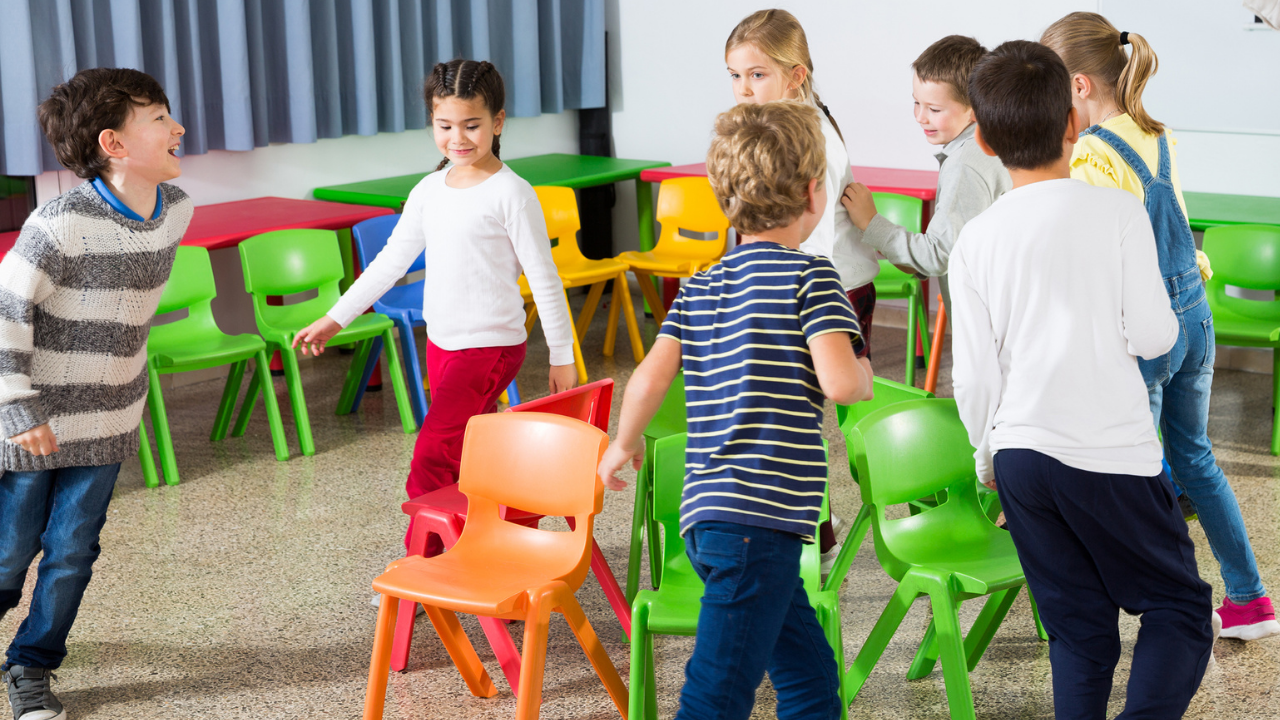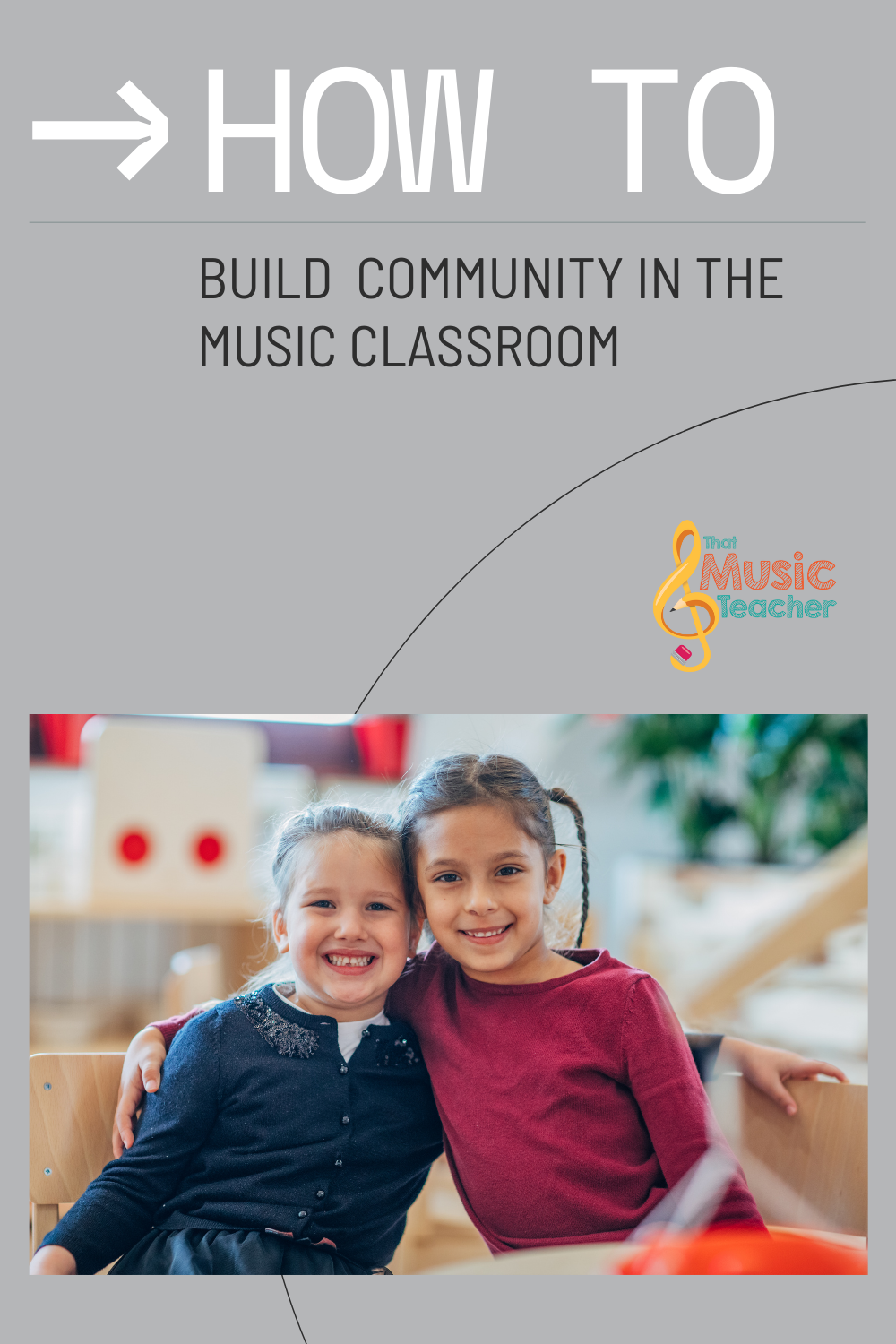
Community Building in the Music Classroom
Jul 20, 2021The music room is a magical place. At any given time, someone walking in can hear folk songs being sung, students collaborating, instrumental improvisation, and many other beautiful sounds. But just ask any music teacher and you’ll quickly realize that the magic of the room doesn’t come easily. It comes through a lot of hard work, forming trust, and fostering relationships.
For new teachers, community building can seem daunting. It is always our desire to make students feel safe and loved, but it can also feel overwhelming when you’re a new teacher and see hundreds of students throughout the week. Here are some suggestions for creating a sense of community within your music classroom.
Establish consistent routines
Sometimes when students leave their homerooms and come into our classroom, they may feel exposed or at ease because they’re out of their comfort zone. Our routines are different from the routines they are familiar with throughout the rest of their day. And that’s okay! Music class is SUPPOSED to be different than math or history or ELA. Establishing our music room routines early and keeping them consistent is key for students to feel at ease in our rooms.
For example, my elementary students come to me right after recess. They’re typically high-energy and wired up, not necessarily ready to jump into a music activity. For my students, a calming mindfulness activity, such as a quick one-minute visualization/breathing exercise, works well. After our mindfulness activity, we move into the bulk of the lesson, and then we have a clean-up routine. Think about the transitions in your classroom and develop a consistent routine that works for your kids!
Group activities
When we talk about building and establishing relationships, we’re typically talking about teacher-and-student relationships. I would personally argue that student-student relationships are just as important. Creating opportunities in our classrooms for collaboration helps students develop their interpersonal skills, learning how to work together toward a common goal.
Music is wonderful because of how well it lends itself to collaborative activities. One of my personal favorite ways to encourage group interaction is through composition activities. If you’re struggling to think of some activities for your students, That Music Teacher has a TPT store that has several composition activities to choose from! You’re sure to find something that will work for your classes.
Student choice
A great way to build confidence and unity between students is to offer student choice when possible. It may be the easier option to dictate every aspect of a lesson and the activities of the day; controlling everything means you know what to expect! But honestly - when do lessons ever go exactly as planned? Even when you script the entire lesson, things can (and likely will) throw you a curveball. After all, we’re working with kids, and kids are unpredictable!
Offering students a choice in your lesson doesn’t have to be hard. When I first heard the term “student choice,” my mind immediately went to large-scale projects that had a lot of moving parts. You don’t have to do that! When offering choices, you can start small.
Some of my most successful and engaging lessons have been the ones that offer simple choices. For example, if I’m having students create rhythmic patterns, I’ll offer the choice of how they can practice their rhythms: body percussion, glockenspiel, unpitched percussion, or found sounds. Then, when it comes time to demonstrate what we’ve come up with, I find that students are more excited to share their ideas and they seem to be more interested in hearing what their classmates come up with.
These are definitely not the only ways to build community within your classroom. What are some ways you’ve come up with to create a welcoming environment in your room? Sound off in the comments!
This article was submitted by Rachel Ammons, contributing author for ThatMusicTeacher.com. Interested in becoming a contributing author? Email resume and writing sample to [email protected].
See also: Three Questions to Ask Yourself About Classroom Culture

Don't miss a beat!
New moves, motivation, and classes delivered to your inbox.
We hate SPAM. We will never sell your information, for any reason.

